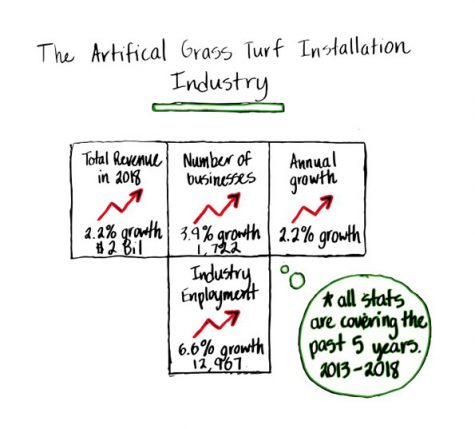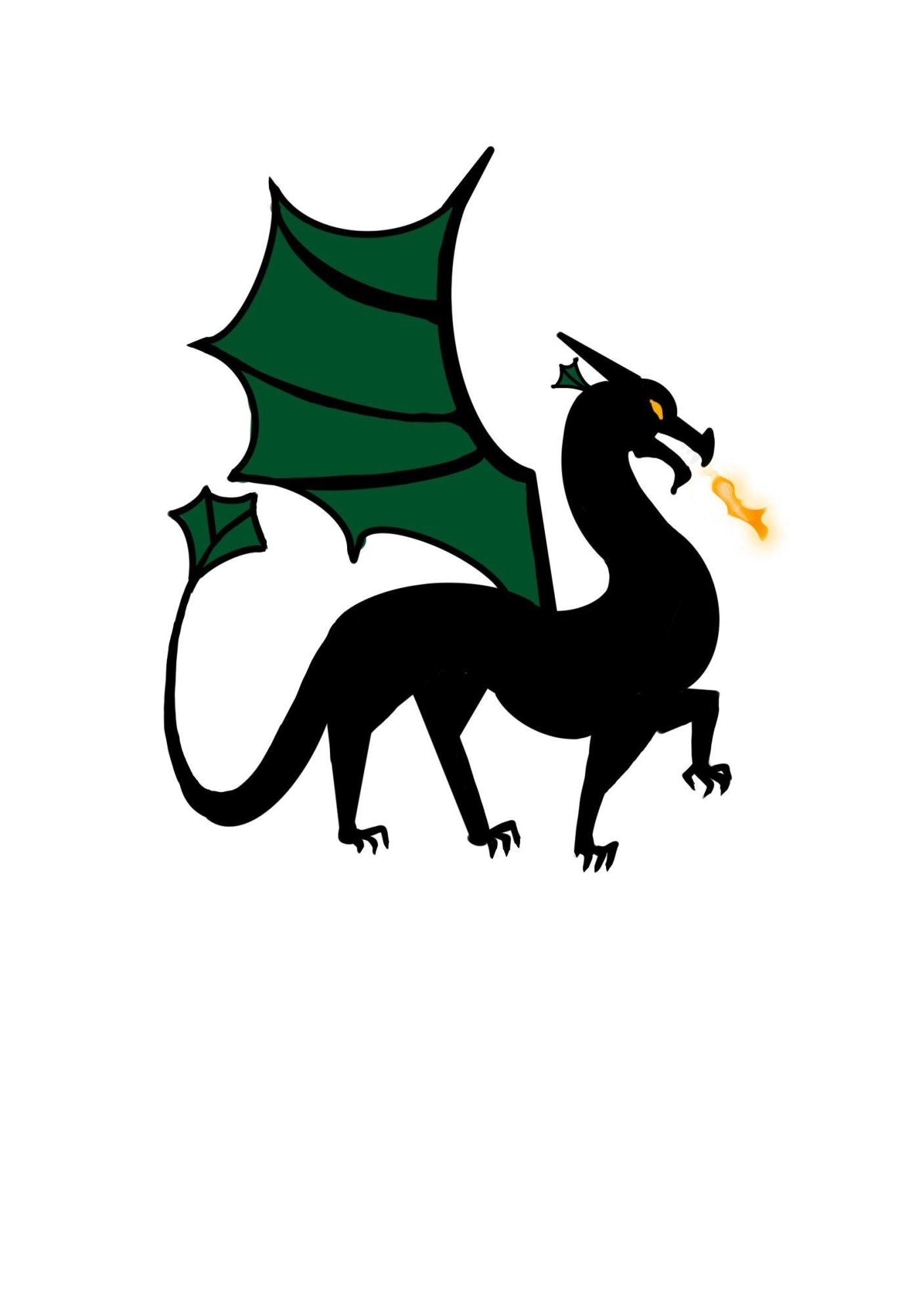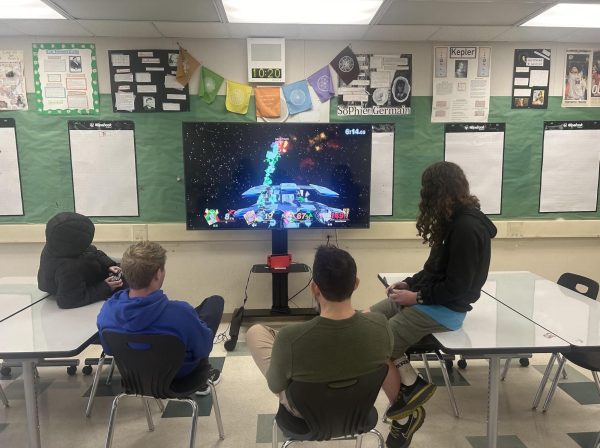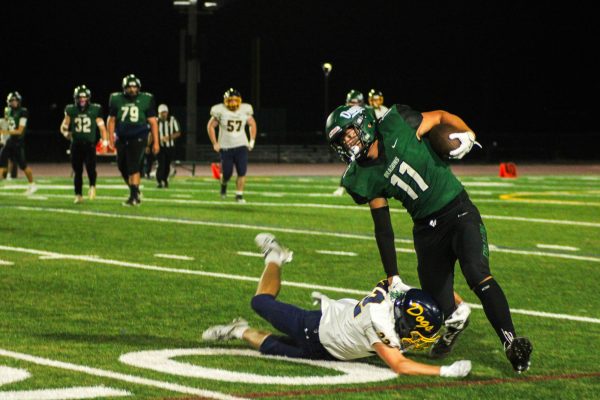A Complex Relationship: Sports And The Environment – Turf Fields
 Montgomery High School’s turf field was closed back in October after turf experts deemed the 14 year-old field unfit for competition citing increased risk for injuries to student-athletes.
Montgomery High School’s turf field was closed back in October after turf experts deemed the 14 year-old field unfit for competition citing increased risk for injuries to student-athletes.
In the world of field sports like soccer and football, artificial turf fields are becoming increasingly common in communities across the country.
With the Artificial Grass Turf Installation industry having grown by 2.2% annually over the last five years, it is evident that these new playing surfaces are becoming more and more accepted.
The inexpensive maintenance of turf fields after initial installation along with the potential to save an average of 50,000 gallons of water per week are major incentives to replace traditional grass fields.
Acknowledging this water-saving motivation, older turf fields made from nylon or nylon blend fibers may contain levels of lead that are harmful to public health and the environment.
Occuring after heavy rain, toxic runoff containing lead can infiltrate a community’s ground and drinking water, having an effect beyond simply the playing surface.
On the flip side, synthetic turf does not require treatment with pesticides and fertilizers that is often necessary for grass fields.
As efforts are made to improve the relationship between sports and the environment, it becomes important to consider the use of turf fields in the future.






